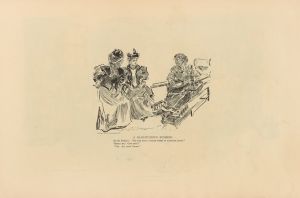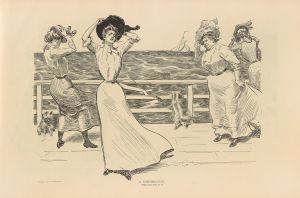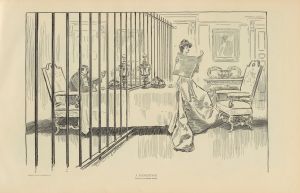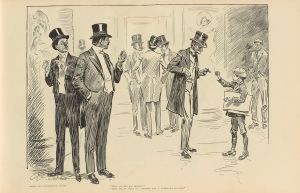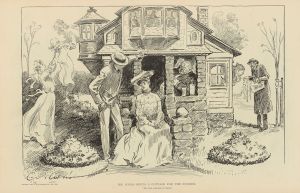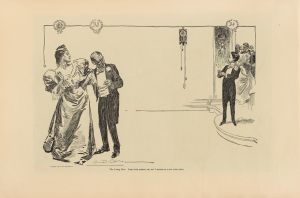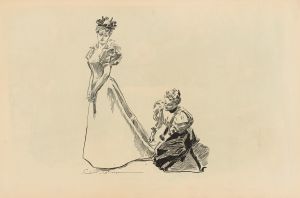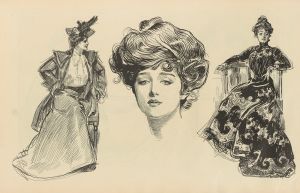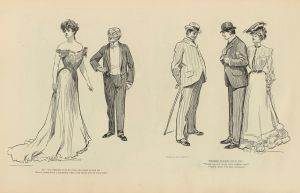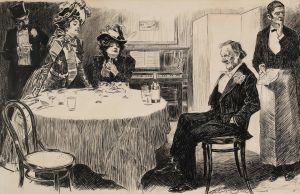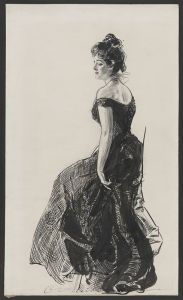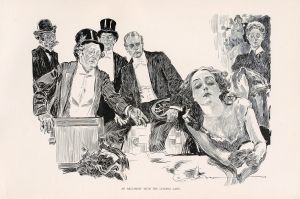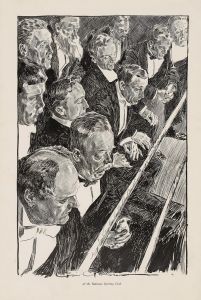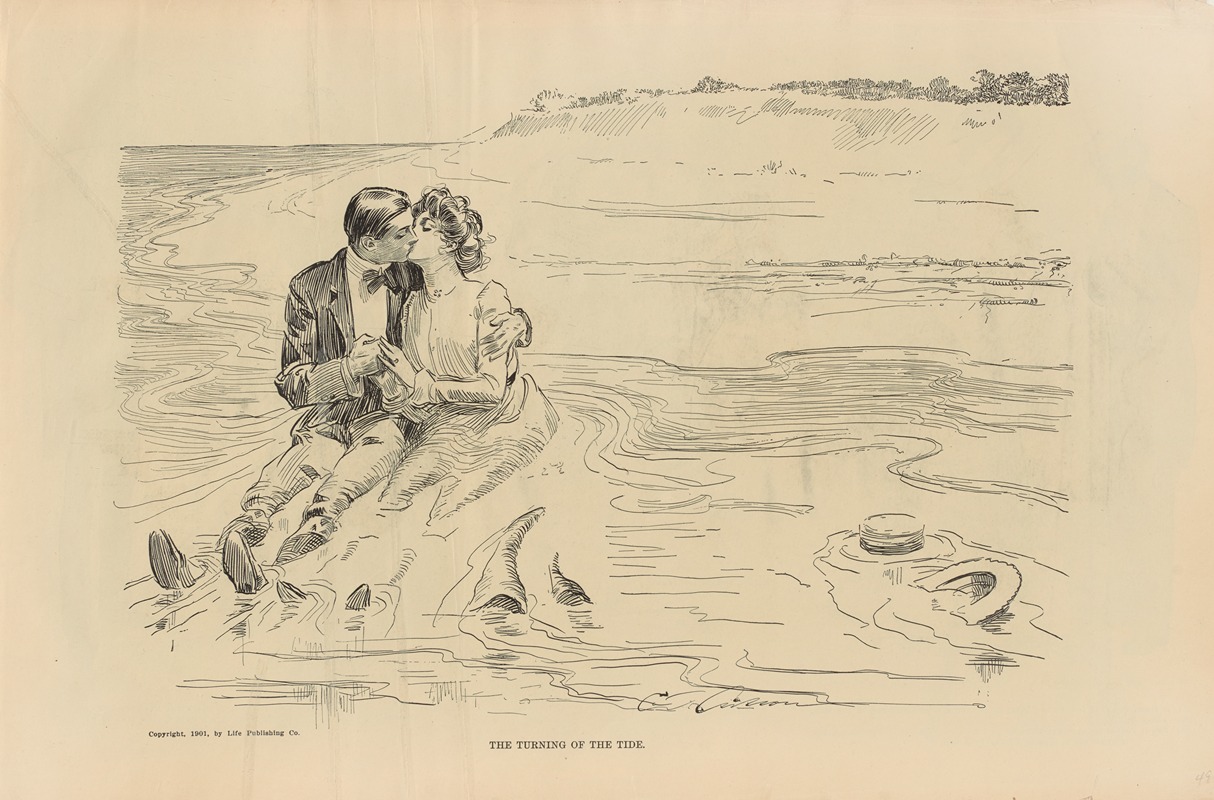
The turning of the tide
A hand-painted replica of Charles Dana Gibson’s masterpiece The turning of the tide, meticulously crafted by professional artists to capture the true essence of the original. Each piece is created with museum-quality canvas and rare mineral pigments, carefully painted by experienced artists with delicate brushstrokes and rich, layered colors to perfectly recreate the texture of the original artwork. Unlike machine-printed reproductions, this hand-painted version brings the painting to life, infused with the artist’s emotions and skill in every stroke. Whether for personal collection or home decoration, it instantly elevates the artistic atmosphere of any space.
Charles Dana Gibson was an influential American illustrator, best known for his creation of the "Gibson Girl," a representation of the idealized American woman at the turn of the 20th century. One of his notable works is "The Turning of the Tide," which, like many of his illustrations, captures the social dynamics and cultural shifts of his time.
"The Turning of the Tide" is a black-and-white illustration that reflects Gibson's keen observation of societal changes. While specific details about the creation date or the exact context of this particular illustration are not extensively documented, it is consistent with Gibson's broader body of work, which often commented on the evolving roles and perceptions of women in society.
Gibson's illustrations were widely published in magazines such as Life, Harper's Weekly, and Scribner's, reaching a broad audience and influencing public opinion. His work often depicted scenes of upper-class society, characterized by elegance, wit, and a subtle critique of social norms. "The Turning of the Tide" likely fits within this framework, illustrating a moment of change or reversal in social fortunes or attitudes.
The "Gibson Girl" phenomenon, which Gibson is most famous for, played a significant role in shaping the image of the modern American woman. She was depicted as independent, confident, and fashionable, often engaging in activities that were traditionally reserved for men. This portrayal was both aspirational and reflective of the changing status of women during the late 19th and early 20th centuries.
Gibson's work, including "The Turning of the Tide," is characterized by its detailed line work and expressive characters. His ability to convey complex social narratives through simple black-and-white illustrations was a testament to his skill as an artist and observer of human nature. The title "The Turning of the Tide" itself suggests a moment of change, which could be interpreted in various ways depending on the specific scene depicted in the illustration.
While detailed information about "The Turning of the Tide" is limited, it is clear that Gibson's work as a whole played a significant role in the cultural landscape of his time. His illustrations not only entertained but also provoked thought and discussion about the roles and expectations of men and women in society.
In summary, Charles Dana Gibson's "The Turning of the Tide" is an example of his ability to capture and comment on the social changes of his era. Through his art, Gibson provided a window into the aspirations, challenges, and transformations of early 20th-century American society, leaving a lasting impact on the world of illustration and beyond.






